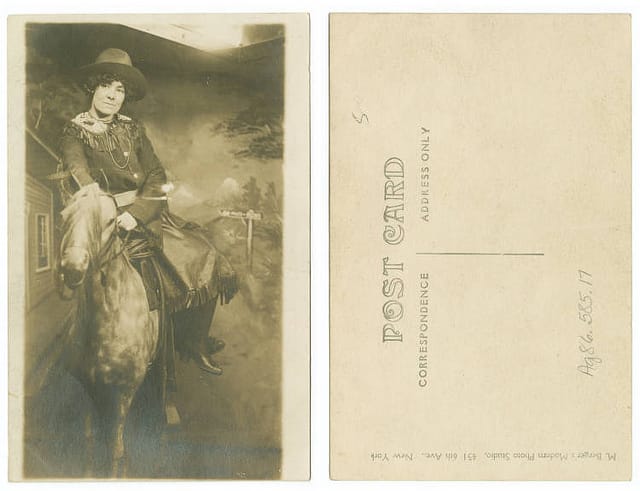Victorian Photo Tricks, From Hidden Mothers to Eyes on the Dead
Victorian photography studios loved a good illusion, whether it was to accommodate the long exposure time, or play with it.

Victorian photography studios loved a good illusion, whether it was to accommodate the long exposure time, or play with it.
While spirit photography is pretty well-known (thanks in large part to Lincoln’s “ghost”), here are a few other tricks that you might not know about. Recently, Linda Fregni Nagler published a book called The Hidden Mother where she compiled over a thousand photographs of a parent masquerading as a chair beneath a cloak. As the exposure could take a good part of a minute, and children aren’t exactly thrilled to sit still for their portraits, parents would hide and hold them still. But the results were kind of creepy — like specters looming up behind the uneasy kids. There was always this sense of a high mortality, too, especially for children, making the ghostly presences especially ominous.
Below are some of these “hidden mothers” (and possibly fathers, although it’s hard to tell, of course), as well as other Victorian photography tricks and illusions, where death was always around the corner, and the medium of photography was just starting to be a part of life. And other things that we might not consider as tricks now — like coloring photographs — was as fantastic as a person holding their head (well, almost).
Hidden Mothers

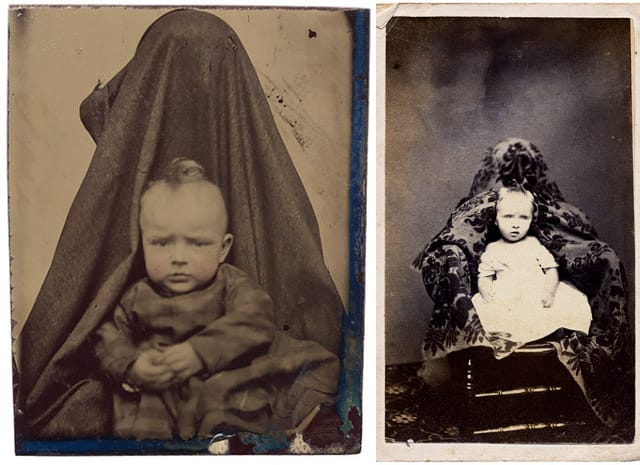
Headless Photographs
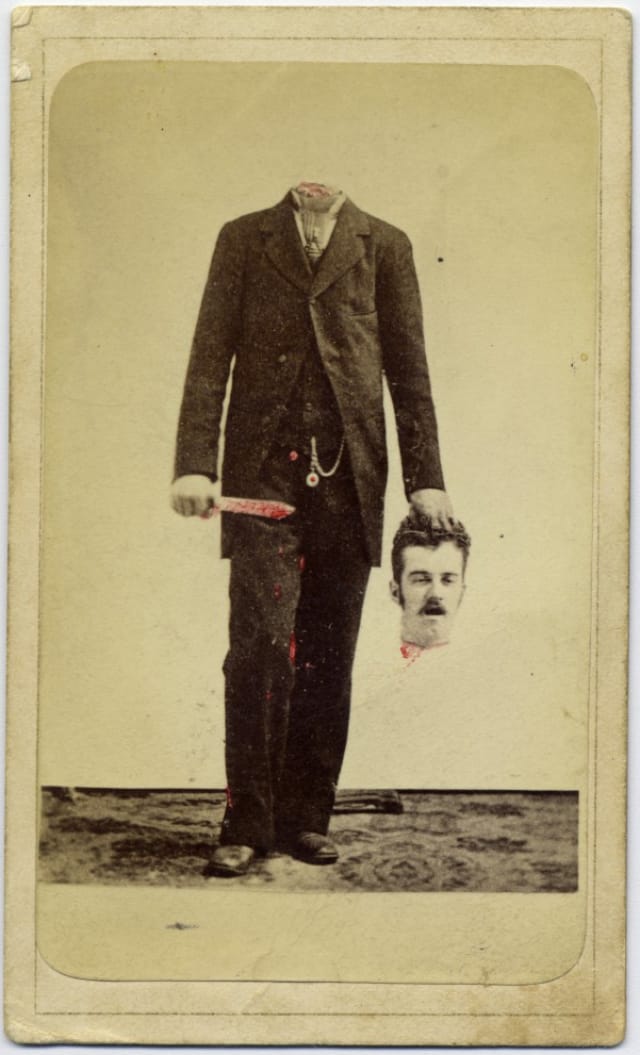
In addition to the exposure time, Victorians also experimented with aligning two different exposures. Curiously, what seemed to fascinate them most was creating decapitations.
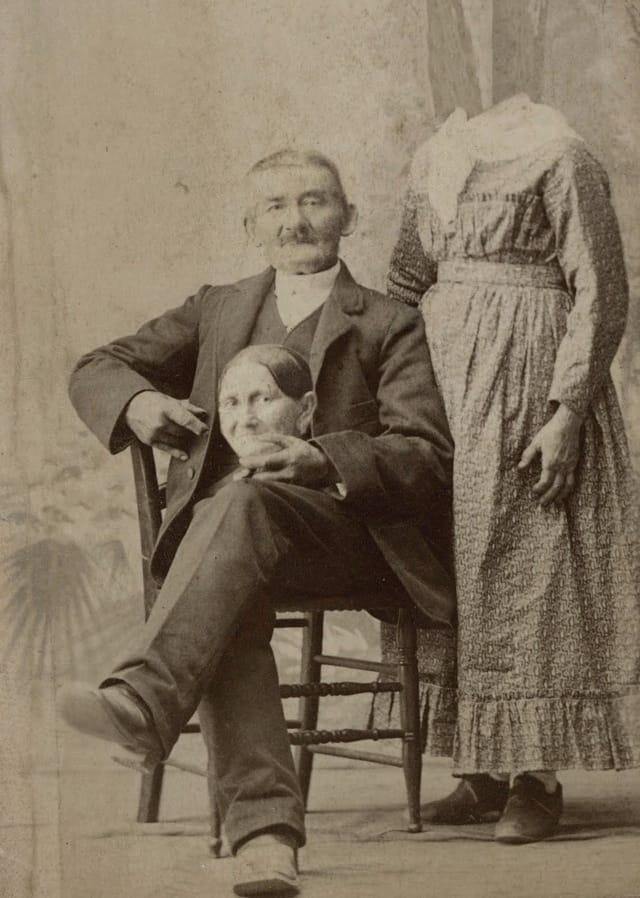
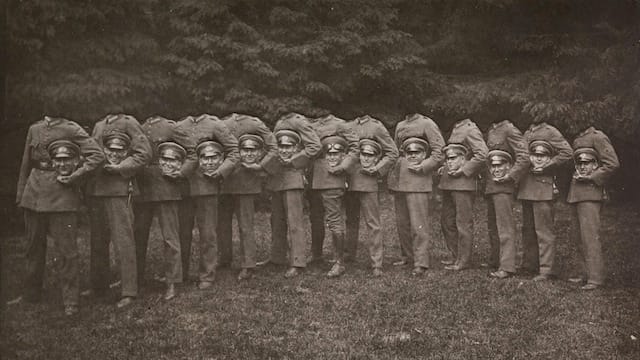
Double People

However, sometimes it wasn’t always so creepy, at least in the disembodied way, as people also had photographs taken with themselves through double exposures.
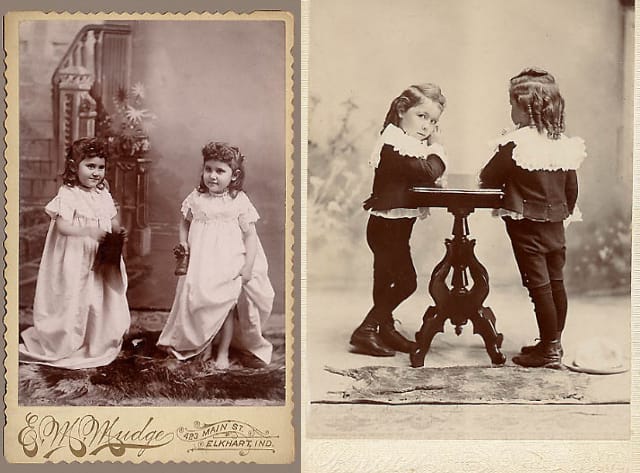
Post-Mortem Photographs
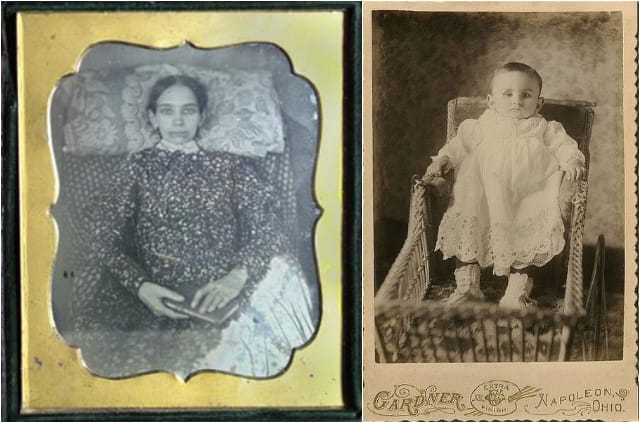
Many people didn’t get their photograph taken until they weren’t around to appreciate it, but that didn’t stop them from looking alive, or as close to it as painted eyes can get you.
The Painted Backdrop
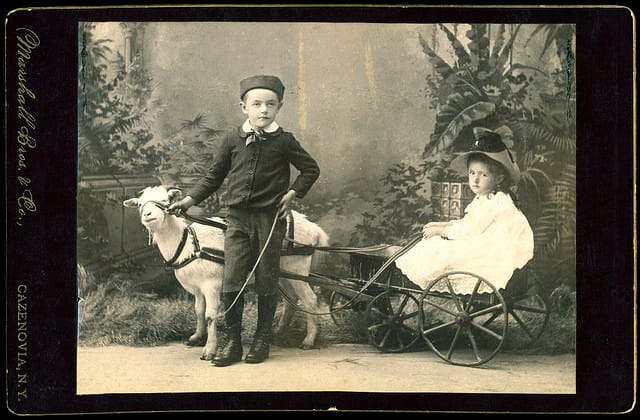
And finally, something that might not seem like a trick, but reflects how the medium of painting was still very much present in the way photographs were stage (in addition to the painted eyes).
